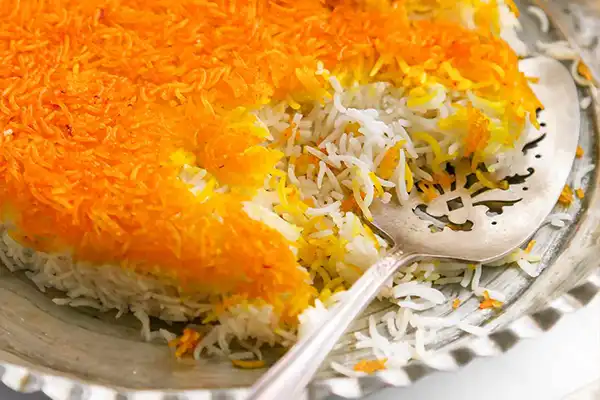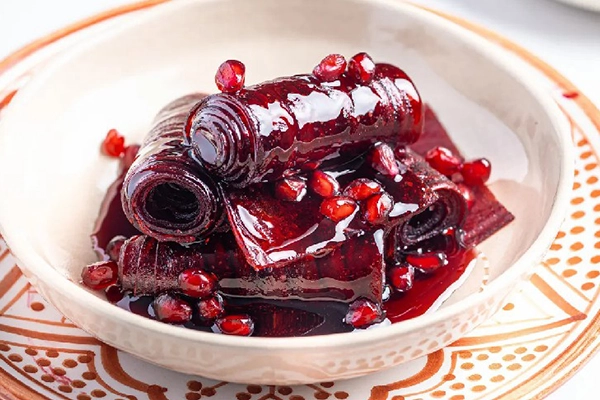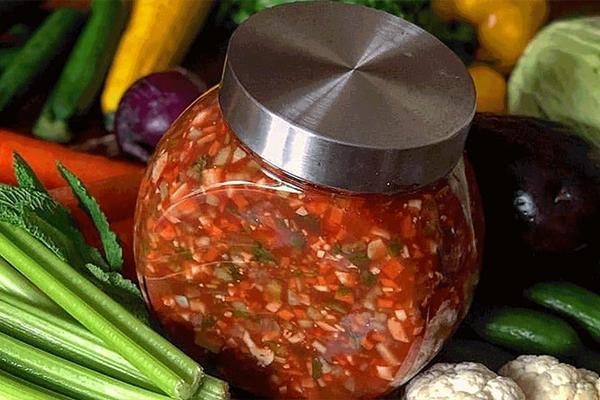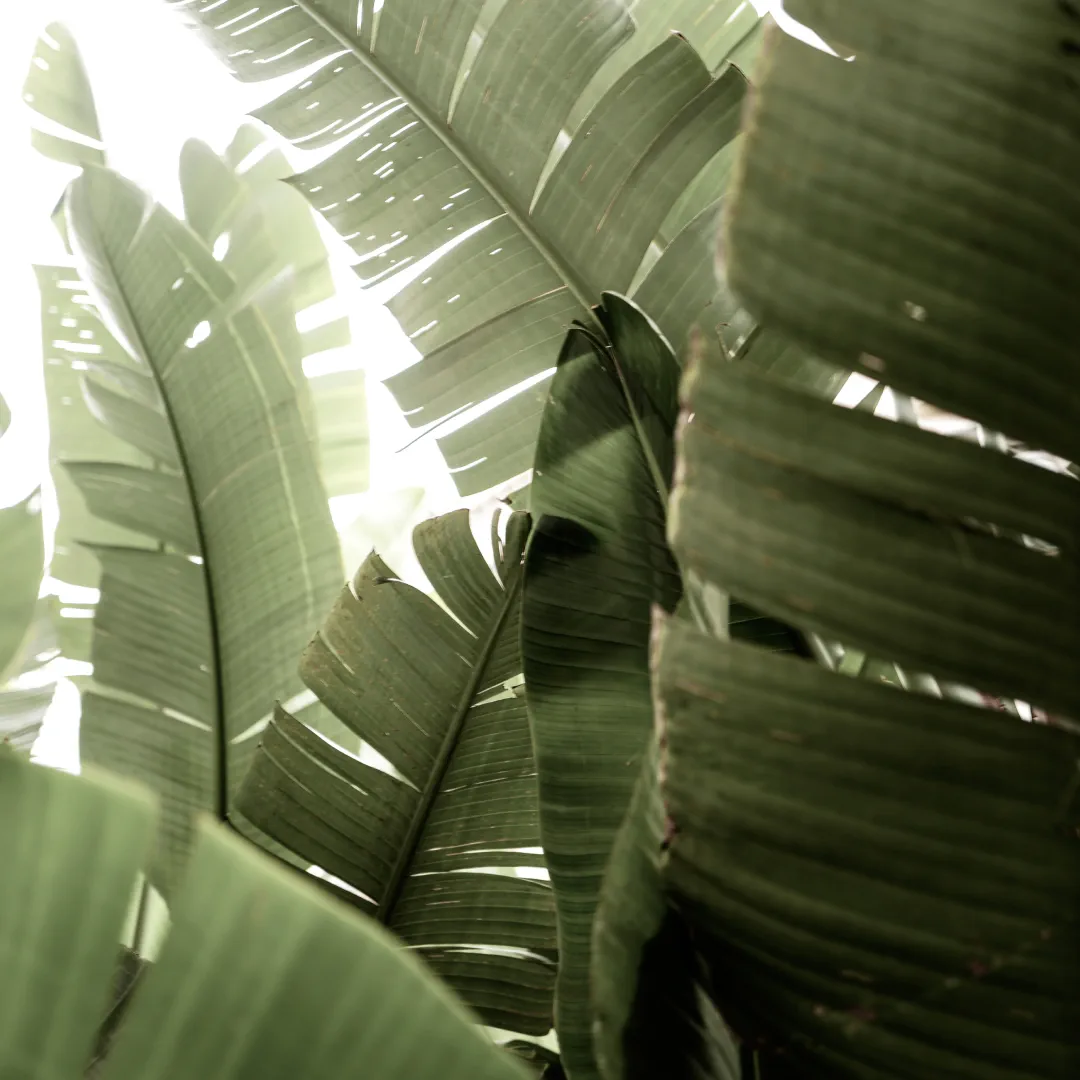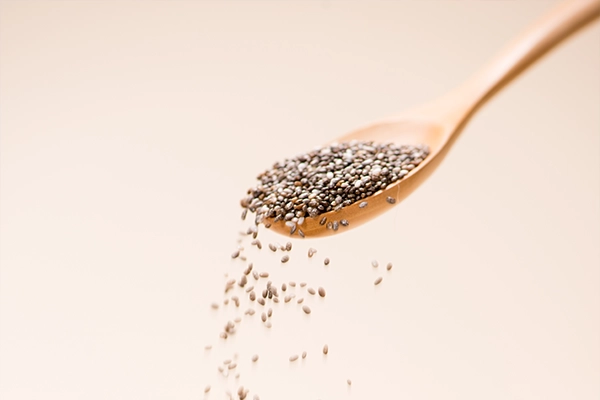Rice is the main daily meal of the Iranian table. Iranian women have long had a special skill in cooking all kinds of Persian rice recipes. Today, with some Iranian rice recipes, you can make delicious and tall rice like a professional code lady: The recipe for cooking Iranian rice in Iranian kitchens is a delicate and complex art. Every skilled code lady has her own secrets and recipes for Iranian rice recipe.
Iranian rice are like rare gems, each of them has unique characteristics that distinguish their cooking method. Long grain and Indian rice have the same cooking method; But Iranian rice recipes have their own secrets like hidden treasures. Several factors, including the age of the rice, the type of seed and even the quality of the water, have an effect on the cooking recipe of Iranian rice. Some rice need more water to fully swell, others need less water to remain crispy. Some people need a delicate touch of oil or rose water to get a pleasant taste and aroma.
The best Iranian rice
Rice is one of the most valuable and widely consumed grains in the world. Iranian rice, which is mostly grown in the north of Iran in Gilan and Mazandaran and in the south in Khuzestan, has different aromas and tastes, and the iranian rice recipe are different. The aroma and taste of Iranian rice is different from the types of rice in the world. For this reason, Iranian people are fans of Iranian rice. Almost all the foods in our food plan make sense next to rice.
Buying rice
Choosing the right type of rice is very important to achieve long and white rice. With their sharp eyes, skilled coders select the best rice from the pile. They look for fine, uniform, shiny grains that are like large pearls, without any blemishes or breaks. so that they can show the persian rice recipe. But there is a secret hidden in the iranian rice recipe and behind the choice of rice, which is often ignored; rice age Freshly harvested rice does not yet have the necessary strength and strength to grow fully. They are like teenagers who have not yet reached full maturity.
This delicate and sensitive choice is the result of the experience and knowledge of generations of female coders. They know that cooking long white pilaf is an art that must start from rice seeds; A seed that has reached perfection over time. This art is a precious heritage of Iranian cooking that should remain alive and dynamic.
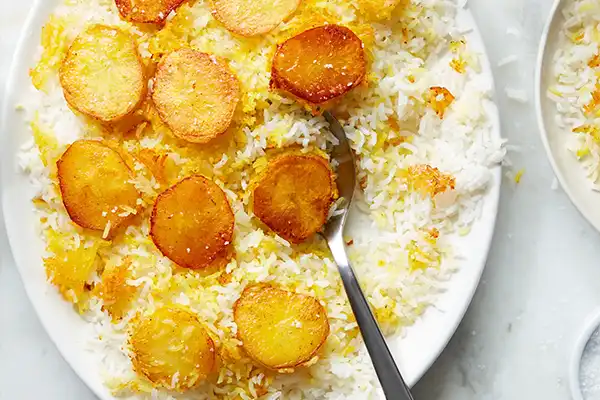
Amount of water in Iranian rice recipe
Iranian rice recipe is more than a simple cooking method; It is a delicate and complex art that requires a lot of knowledge and experience. By carefully controlling the amount of water, time and heat, the skilled cooks bring out the maximum beauty and flavor from each grain of rice. One of the important secrets inpersian rice recipe is the difference in the amount of water needed in different cooking methods. For cooking in a pot, each cup of unsoaked rice requires two cups of cold water, while for soaked rice, one cup of water is enough. This difference is the key to achieving the ideal texture and taste. In the rice cooker, because you boil the water beforehand, the amount of water is less and one and a half cups of water is needed for each cup of rice.
This method ensures uniform cooking and better control of the process. But for kate, the rice should remain slightly watery, the amount of water should be carefully controlled. Each pint of soaked rice needs one pint of cold water, and if needed, a small amount of water can be added to keep the rice alive. In addition, adding salt to the rice soaking water prevents it from over-flourishing and helps to preserve the shape and texture of the rice grains.
3 Iranian rice recipes
The art of cooking Iranian rice has its roots in the ancient traditions of this land. Skilled housewives perform each step of this process with great precision and delicacy, in order to achieve a delicious and appetizing rice dish. The first step is to thoroughly clean the rice from any impurities such as stones.
Next, the rice is gently and repeatedly washed until the water runs clear, removing excess starch. After that, the critical step of soaking the rice comes. With their empirical knowledge, the code ladies recognize the right time for soaking based on the type, freshness and age of the rice. Old rice can be soaked overnight and prepared for better quality. But fresh rice should stay in water for a shorter time so as not to lose.
Adding salt to the soaking water is an important secret that code ladies are well aware of. Salt prevents the rice from over-blossoming and losing its texture and helps to maintain firm and dense grains. These delicate steps are only a part of the deep knowledge of Iranian women in cooking rice. By carefully controlling the amount of water, time and heat, they bring each grain of rice to perfection and create a masterpiece of taste and beauty that is rooted in the rich history and culture of this land.
The Persian rice recipe the Kete method
Choosing the right type of rice is the first step in this process. Aged and superior rice is the best option, as it absorbs more water and is less likely to become pasty. On the contrary, freshly harvested rice is easily crushed and prone to spoilage. Mixing different types of rice can also be problematic unless they are closely similar in terms of quality, freshness, and age. After selecting the rice, careful control of the amount of water is vital. With their sharp eyes, code ladies are careful to add a small amount of water at the right time while drawing water from the pot. This will keep the rice alive. Accurate timing is also very important.
Simmering early and turning down the heat before the rice starts to sizzle is another secret that results in a soft and hearty coat. Cooking the rice Kete , in addition to skill, also requires a great deal of patience and perseverance. The housewives control every moment of this process with patience and precision, so that ultimately, they create a masterpiece of flavor and texture that is rooted in the ancient Iranian culinary traditions.

Persian rice recipe with a Crispy Tahdig
The preparation of a delicious and crispy tahdig (rice crust) in persian rice recipe holds a hidden secret that skilled housewives are well aware of. This secret is a combination of subtle yet impactful techniques that result in an indescribable pleasure for the palate. The first step is separating the rice from the pot after the water has been absorbed. This allows for a thorough cleaning of the pot and preparing it to receive the tahdig ingredients. Then, by adding the right amount of oil or a combination of oil and yogurt to the pot, the foundation for creating a crispy tahdig is laid. The key lies in the meticulous attention to detail and the housewives’ accumulated wisdom passed down through generations.
Every step, from controlling the heat to patient monitoring, contributes to the transformation of simple ingredients into a crispy, golden tahdig that crowns the steamed fluffy rice like a jewel. After placing the tahdig ingredients in the pot, it’s time for the rice. This is where another subtle nuance comes into play – the amount of salt. The skilled housewives carefully add salt in proportion to the quantity of rice to achieve a balanced flavor. Ultimately, precise timing of the rice steaming is the golden key to attaining a crispy and delicious Tahdig.
Over the years, they have gained the necessary experience to know exactly when to remove the rice – not too early, nor too late. The magic lies in their patience, dedication, and deep understanding of every step. With wisdom passed down through generations, these masters transform simple ingredients into a Tahdig that is not just a crispy crust, but a delectable work of art crowning the perfectly steamed fluffy rice. This intricate process is a symbol of the effort, precision, and love that Iranian housewives have for traditional cooking. By observing these subtle nuances, they create a masterpiece of flavor and texture that is rooted in the ancient traditions of Iranian cuisine.
How to make a crispy Tahdig (rice crust)?
The first step on this path is using enough oil. The skilled housewives know that to achieve a golden color and crispy texture, they must generously pour oil into the pot so that the Tahdig ingredients can properly fry. In this process, saffron plays a key role. The golden threads of this precious spice not only impart a beautiful golden hue to the Tahdig, but also add a unique warm and slightly bitter flavor. The judicious use of oil and saffron, combined with patience and careful monitoring, allows the Tahdig to slowly caramelize and develop its signature crunch and aroma that tantalizes the senses.
Summary
Rice cooking in the rich Iranian culinary culture is more than a simple kitchen activity. This delicate and intricate art is rooted in the ancient history and cultural heritage of Iran. Skilled Iranian housewives pass down the unique secrets and techniques for cooking the valuable varieties of rice from this land from one generation to the next. Iranian rice cooking transcends a simple culinary method; it is an art that embodies the essence of Iran’s ancient culture and civilization.
Therefore, properly preserving and passing down this tradition to future generations is crucial not only for maintaining its nutritional values but also for keeping alive a valuable part of Iran’s cultural heritage. If you intend to buy rice and the quality of genuine rice is important to you, at Faraz Hypermarket, we have tried to make it easy and convenient for you to access the highest quality rice and Iranian products by eliminating middlemen.
